Engaging your PLN
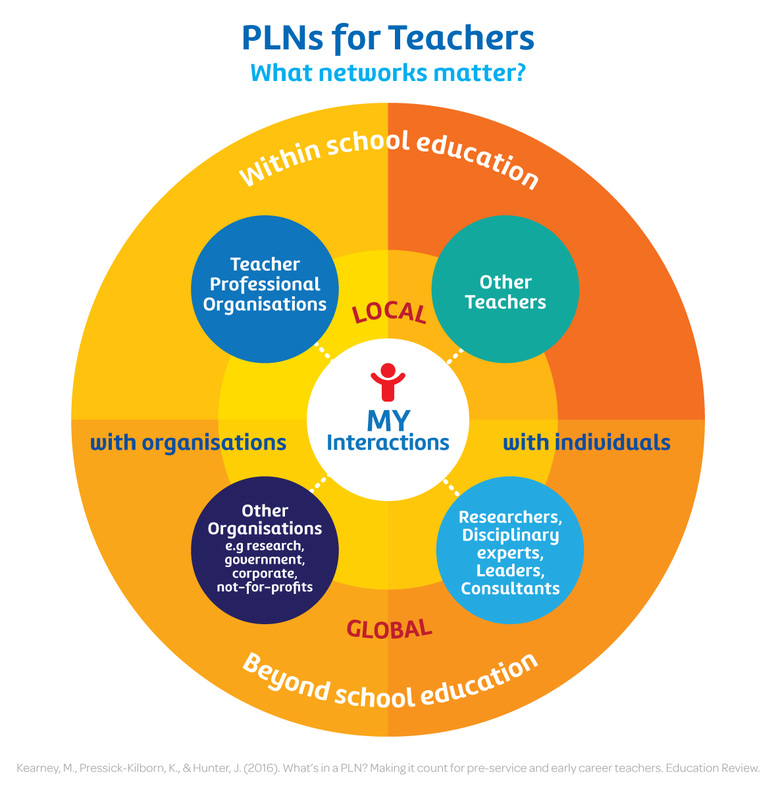
Can your PLN be used to help professional development post-course?
Social media can be viewed as a networking tool that exposes your interests, your history, your curiosity, and your place in the world. It can obtain information that may benefit you and others. It may also help develop PLNs that have a history of media literacy and openness.
On the other hand, social media platforms like Youtube, Google, Twitter, and Instagram can be used for educational purposes that can support learning. Each PLN is unique. As such we can personalize our own networks and shape our own learning community based on our interests and needs.
In order to create a PLN and maintain one, we must follow these steps to help ensure best practices are being made. First off, users should critically analyze any media they are pertaining to and identify what the message is actually trying to portray. Secondly, we must identify privacy regulations that can help eliminate online behaviour that can have legal consequences. Users must understand the concept of ownership, as many users think they can get away with it. Finally, users should understand that engagement and collab within social media are crucial when deciding to create or maintain a personal learning network.
Can your PLN be relied on to open professional opportunities?
Social media as a whole are more and more becoming a part of us without realizing it. It is a common pattern that more and more schools are leaning towards using technology in education. Every social media platform has different offerings to the ways it can be instilled into a classroom setting. These platforms can help host online classes alongside being able to communicate information directly and instantly online through direct communication between teachers, students and parents.
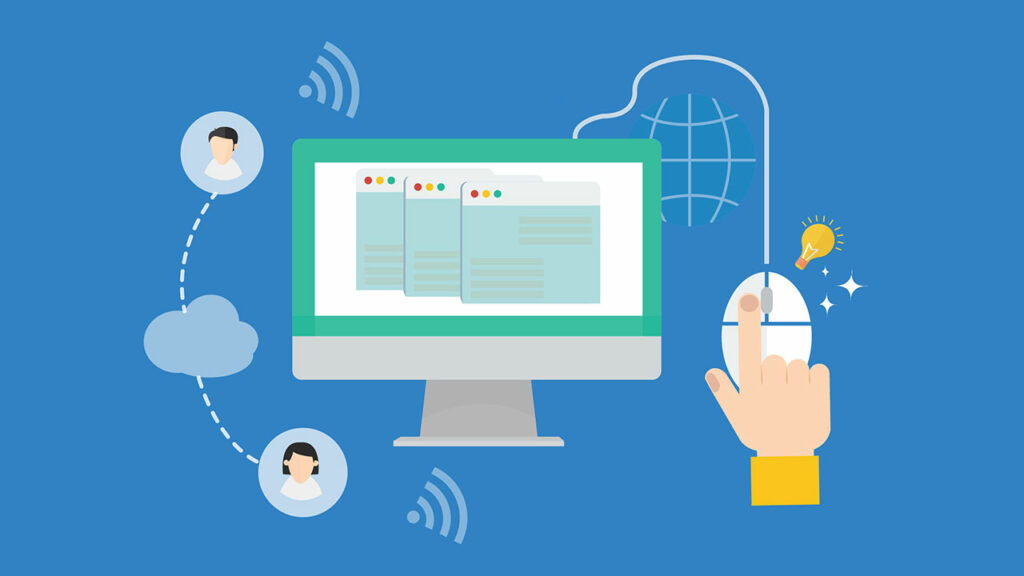
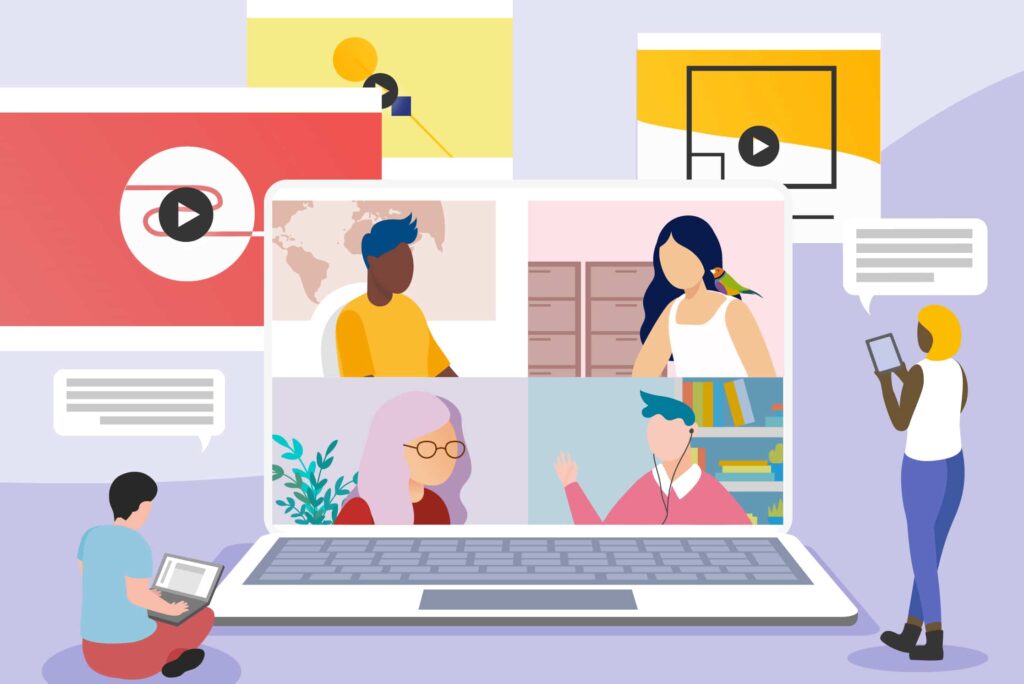
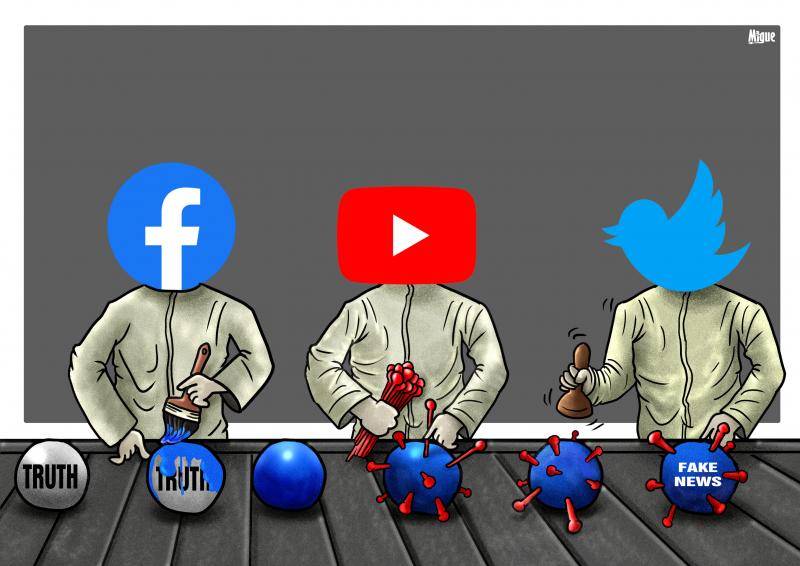
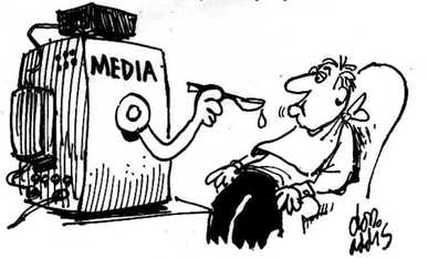
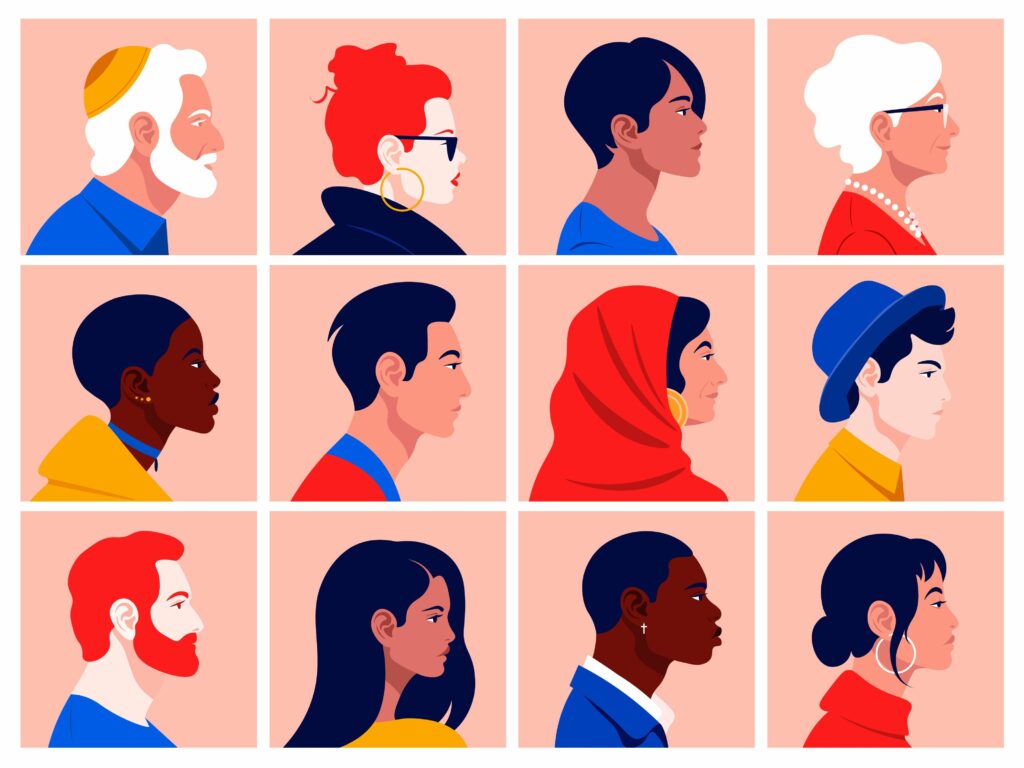
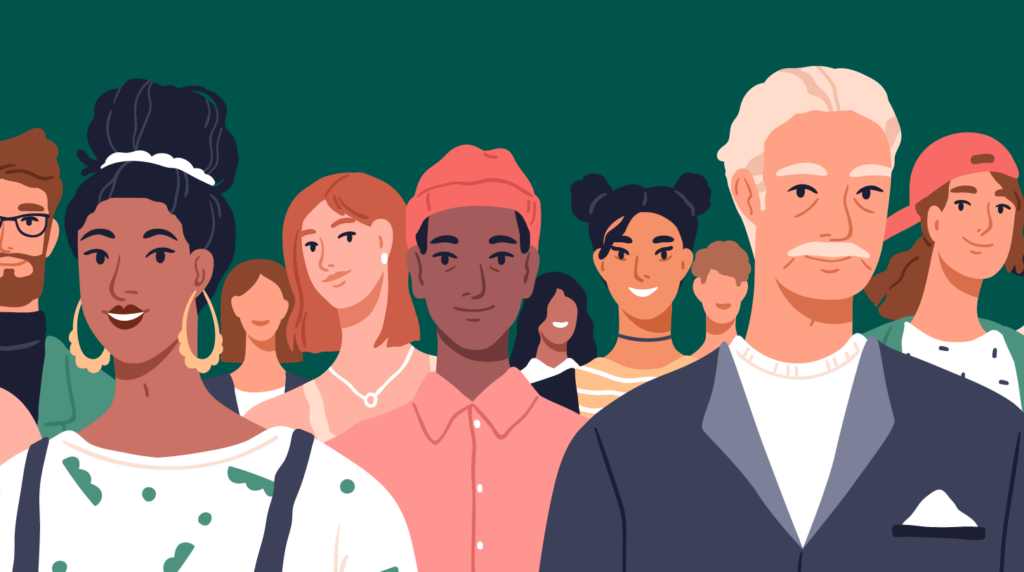

Recent Comments